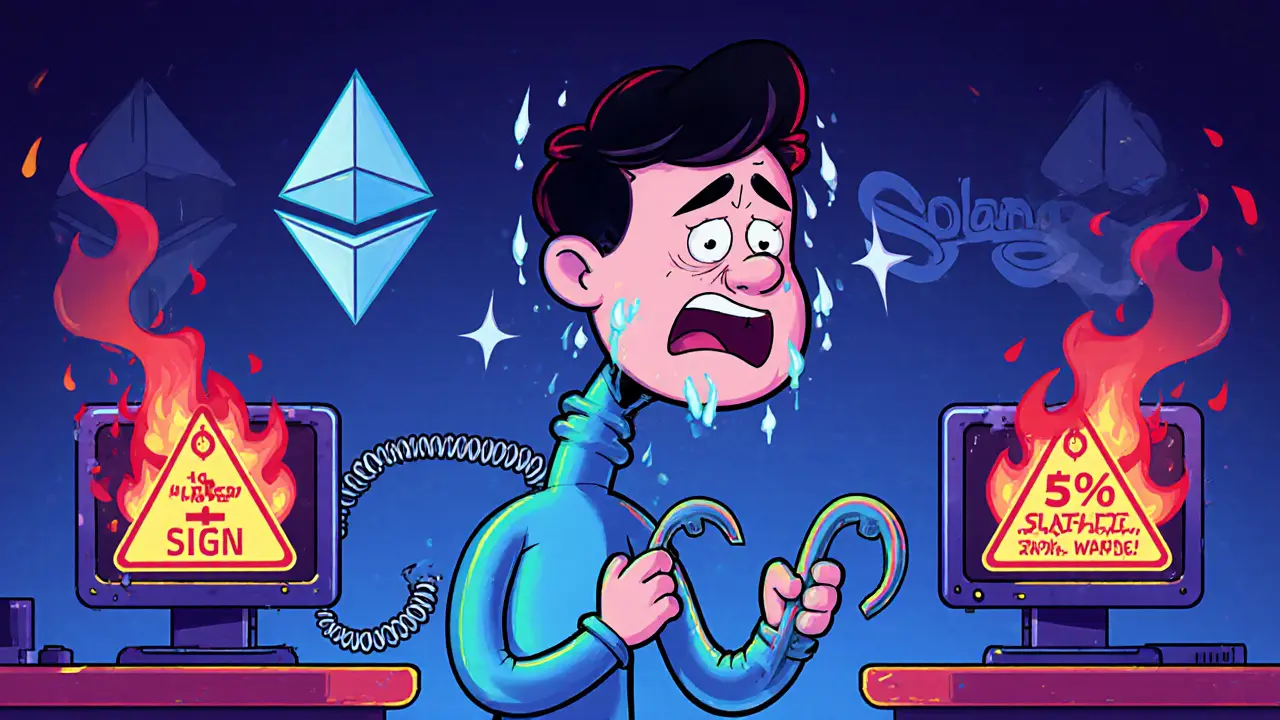Staking Safety: How to Protect Your Crypto While Earning Rewards
When you stake your crypto, you're not just earning rewards—you're locking up assets that can be lost if you don't know what you're doing. Staking safety, the practice of securing your cryptocurrency while participating in Proof of Stake networks. Also known as cold staking or delegated staking, it's how blockchains like Ethereum and Solana keep themselves running without burning electricity. But safety isn't automatic. A single wrong click, a fake website, or a poorly secured wallet can wipe out months of rewards—and your principal.
Most people think staking safety means choosing a coin with high yields. That’s backwards. Proof of Stake, the consensus mechanism that replaces mining with staking. Also known as PoS, it's the engine behind today’s most efficient blockchains doesn’t care how much you earn—it cares how you protect your stake. The real danger isn’t low returns. It’s exchanges that don’t let you withdraw your keys, wallets that auto-stake without your consent, or contracts that let developers freeze your funds. Look at what happened with platforms like DueDEX or fake exchanges like Ibitt—no KYC doesn’t mean safe. It often means no recourse.
Staking safety requires three things: control over your private keys, verified smart contracts, and clear exit rules. You can’t trust a platform that says "just click to stake" without showing you the contract address. You can’t rely on a coin that doesn’t let you unstake for 21 days. And you definitely can’t ignore the difference between staking on a reputable wallet like Ledger or Trust Wallet versus staking directly on a random exchange. The top Proof of Stake cryptocurrencies like Ethereum, Solana, and Cardano all have public audits and clear unstaking periods. The ones that don’t? They’re not projects. They’re gambling tables.
What you’ll find below aren’t just articles about staking rewards. These are real stories about what went wrong—scams, locked funds, broken contracts, and how people got their money back (or didn’t). You’ll see how mempool congestion affects staking fees, how FATF greylist rules impact staking platforms, and why some "high-yield" tokens like STBL or FLR come with hidden risks. This isn’t theory. It’s what happens when safety gets ignored.
Learn how to prevent slashing in Proof-of-Stake blockchains by avoiding duplicate validator keys, using secure signers, and understanding downtime penalties. Protect your staked assets with proven best practices.
